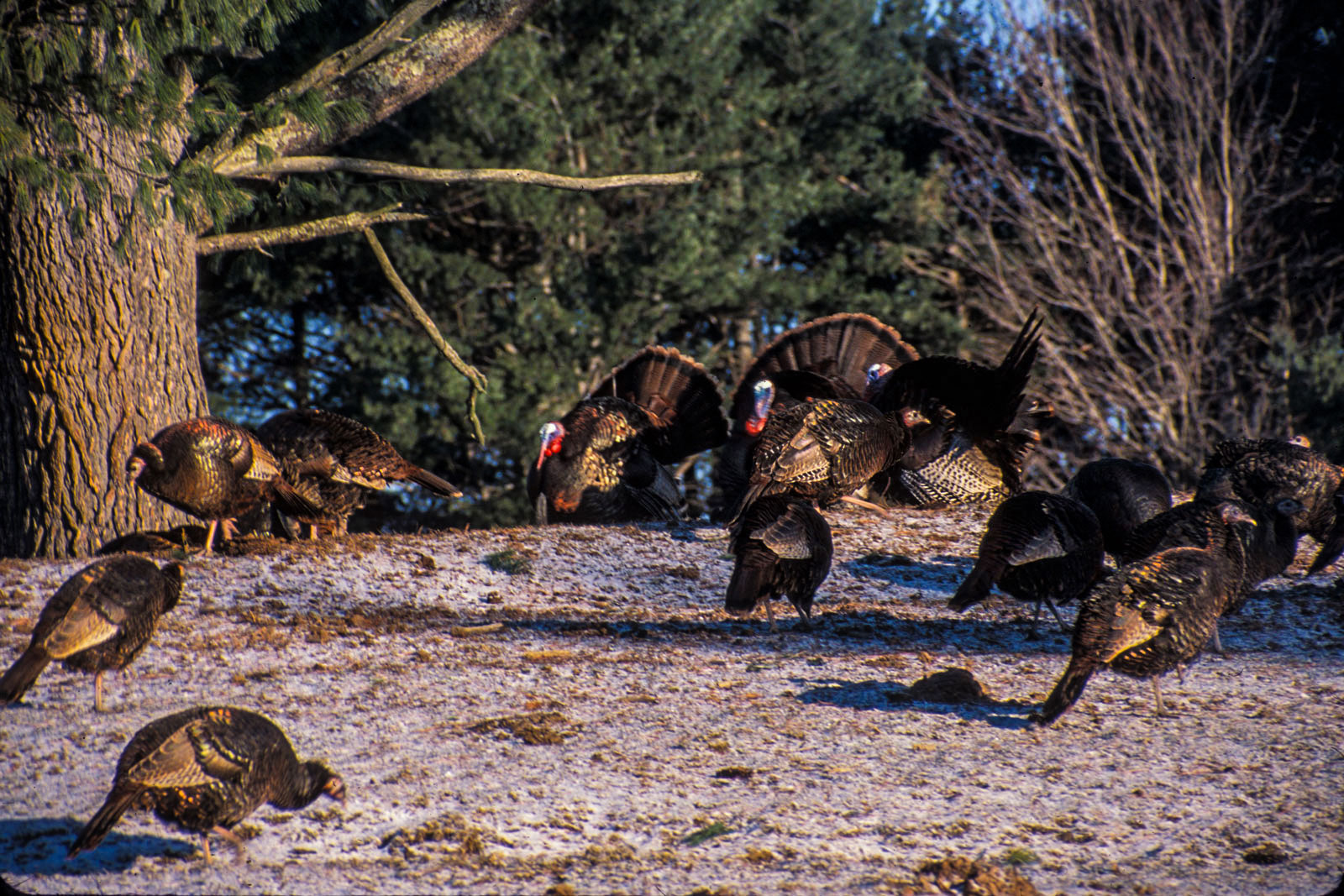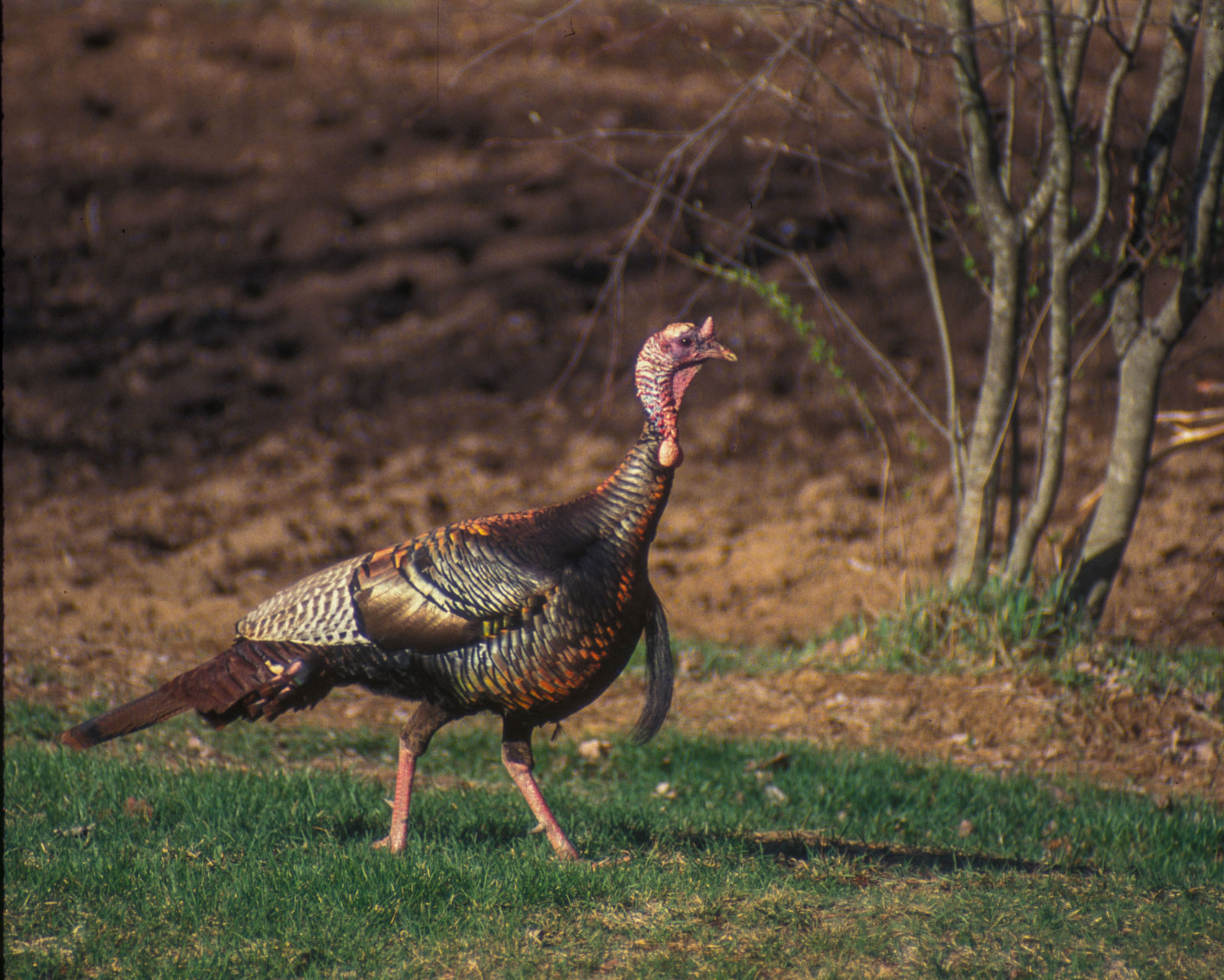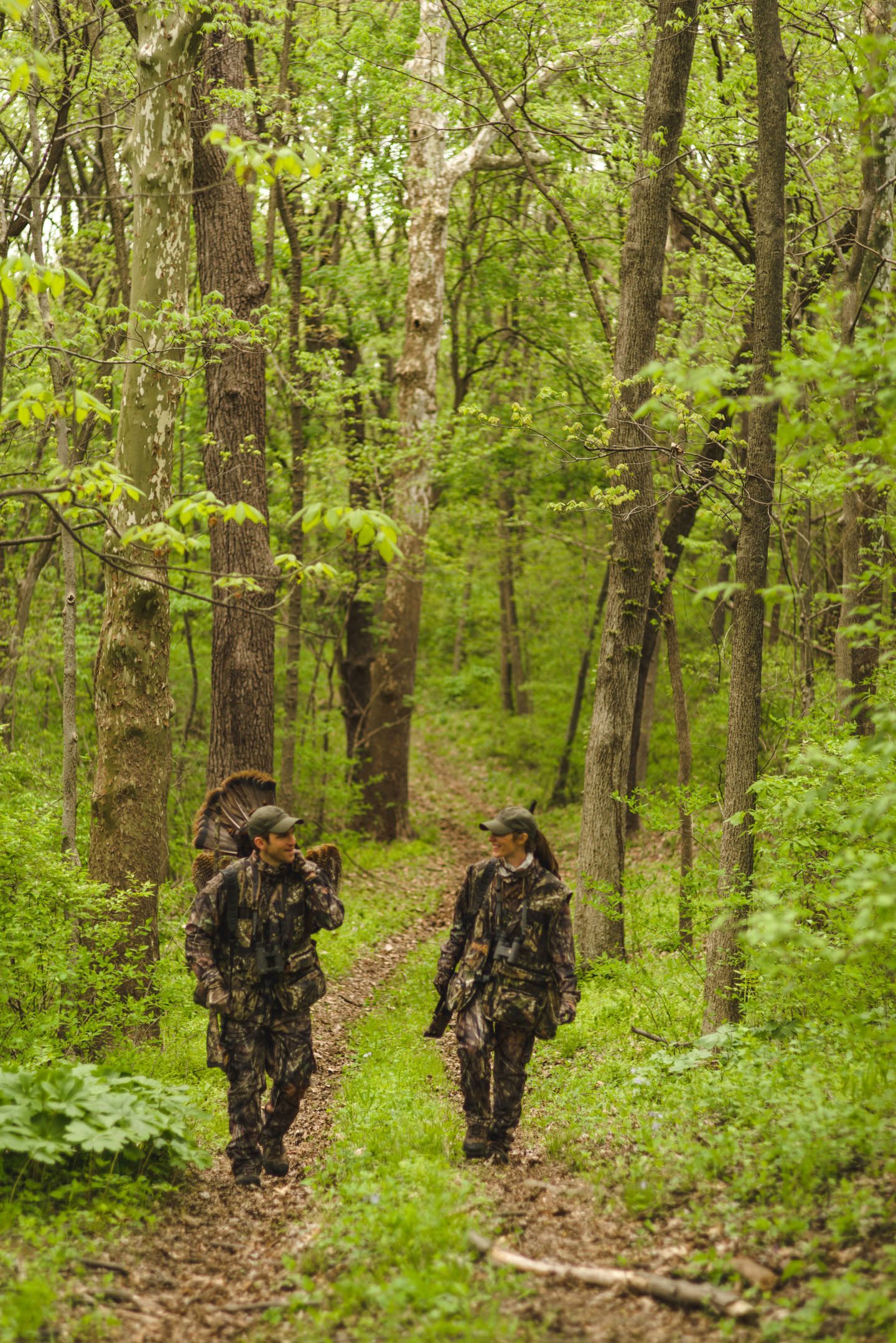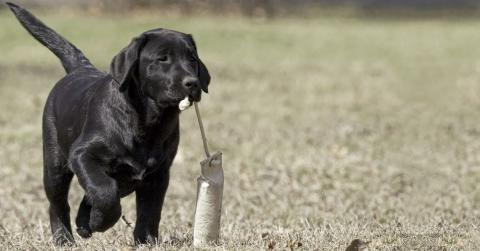Bob Humphrey
Varying your calling through the season could earn you a successful date with a big gobbler this spring.
Turkey behavior, including how they call and how they respond to calls has a certain chronology to it. While there are no hard and fast rules when it comes to turkeys, there are some generalities that seem to hold true more often than not.
How to Call to Early-Season Turkeys

The earliest hunting seasons begin sometime between when winter flocks break-up and toms start gathering their harems. It’s a confusing time for turkeys and turkey hunters, but one thing that usually holds true is the birds are very vocal; and you should be too. One good tactic, which may come in handy later as well, is to aggravate the boss hen. If you get her mouthing off, it will fire up all the males within hearing, especially those naive two-year-olds that can be downright suicidal. Match her note for note, especially if you notice her call getting louder and more aggressive. And enjoy this while it lasts because once the toms have a hen or two in their hand, they’ll quickly lose interest in the other birds in the bush. Fighting purrs work well at this, too, as there’s still a lot of jousting for dominance.
How to Call to Mid-Season Turkeys
Unless they travel, most folks don’t get to enjoy the very early season because most turkey hunting seasons begin after most of the hens have bred. By then, toms have become accustomed to hens coming to them rather than the other way around. Dominant birds at least have what they want and can be tougher to call. Still, some subtler calling will sometimes work, especially on subordinate or satellite toms.
But again, be subtle. Those sub-dominant toms are interested in hens but also wary of getting their butts kicked by a more dominant bird. Another generality that will get stronger as the season progresses is that your calling may be more effective later in the morning and later in the day. Early morning is a hustle and bustle of harems, but as the hens gradually peel off to breed, lonely longbeards become more vulnerable. Birds venture farther from the roost and so should you. Troll along, calling loudly every so often until you get a response. Then park your carcass and tone down your calling, leaving longer periods between calling bouts to build the suspense.
How to Call to Late-Season Turkeys
As hunting and breeding seasons wind down hunters have to literally step up their game. You may have to walk for miles trying to locate a late season gobbler. Once you do, it’s time to go “old school” with your calling. The old adage that says, “yelp three times on a box call, then wait an hour,” is not too far off, though I prefer a slate, and can only wait about 20-30 minutes before calling or moving again. Some old males have all but lost interest in hens and about the only way to trick them is to lie in ambush around feeding areas or trying a little guy talk in the form of deep, raspy gobbler yelps.

Any Time
Regardless of what stage of the season you’re in, it’s still crucial to "taking a turkey's temperature before serenading your quarry." Give a few calls and see how a gobbler reacts. If he booms back and cuts you off you can really pour it on; be aggressive. If he responds but seems tentative, play it cool and aloof. And if he packs up and moves away you should do so as well. go find another turkey to hunt and leave the uncooperative one for a later hour or another day. Always remember, be patient when hunting turkeys.































